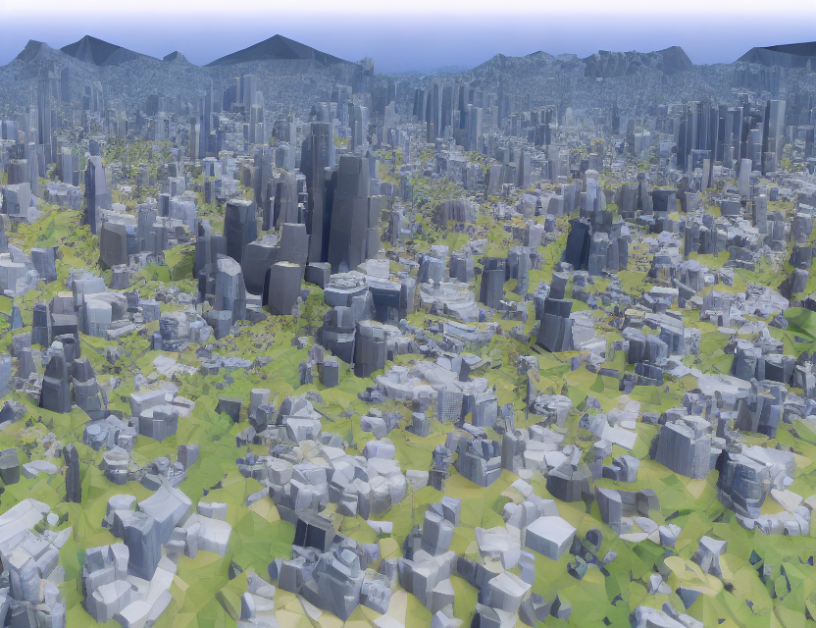In this article, we will delve into the world of multi-agent reinforcement learning (MARL), a subfield of artificial intelligence that involves multiple agents learning and interacting with their environment simultaneously. We will demystify complex concepts by using everyday language and engaging metaphors to help you grasp the essence of this fascinating area of research.
- Introduction
Imagine you’re playing a game of soccer with your friends. Each player has their own goal, and they need to work together to score as many points as possible while preventing the opposing team from doing the same. In this scenario, each player is an agent, and the game environment is constantly changing based on their actions. This is where MARL comes in – it’s a way for these agents to learn and adapt to their environment through trial and error, all while taking into account the actions of other agents. - Key Concepts
Now that we have a better understanding of MARL, let’s dive deeper into some of the key concepts:
- Agreement: In MARL, agents must work together to achieve a common goal. This means they need to agree on their actions and strategies to maximize their chances of success.
- Disagreement: Sometimes, agents may have different opinions or preferences when it comes to choosing their actions. This is where disagreement comes in – it’s the difference between what an agent wants to do and what other agents want them to do.
- Nash Equilibrium: In a game of soccer, each player has their own strategy for winning. But what happens when multiple players are trying to achieve the same goal? This is where Nash equilibrium comes in – it’s a state where no player can improve their payoff by changing their strategy, assuming all other players keep their strategies unchanged.
- Q-learning: Q-learning is an off-policy reinforcement learning algorithm that helps agents learn from their mistakes and adapt to new situations. It does this by updating the agent’s Q-values based on the expected return of its actions in different states.
- Algorithms
Now that we understand some of the key concepts in MARL, let’s take a closer look at some of the algorithms used to solve these problems:
- QMIX: QMIX is a popular algorithm that combines both policy-based and value-based methods. It uses a mixing function to update the agent’s policy and value functions based on its experiences, ensuring that the agent learns both short-term and long-term goals.
- Multi-Agent Deep Deterministic Policy Gradient (MADDPG): MADDPG is another popular algorithm that uses deep neural networks to represent the agent’s policy and value functions. It also uses a centralized training method, which means all agents share their experiences with each other during training.
- Applications
MARL has many exciting applications in various fields, including:
- Robotics: MARL can be used to control multiple robots that work together to perform tasks such as assembly or object manipulation.
- Traffic Control: In a traffic scenario, MARL can be used to optimize traffic flow by controlling the speed and direction of each vehicle based on the actions of other vehicles.
- Financial Trading: MARL can be used in financial trading to learn how different agents (e.g., stocks or bonds) interact with each other and make decisions based on their observations.
- Challenges and Future Directions
While MARL has many exciting applications, it also faces some challenges:
- Scalability: As the number of agents increases, the complexity of MARL problems grows exponentially. This makes it difficult to scale these algorithms to large numbers of agents.
- Fairness: In a multi-agent setting, it’s important to ensure that each agent has an equal say in decision-making. However, some agents may have more power or influence than others, leading to unfair outcomes.
In conclusion, MARL is a fascinating field of artificial intelligence that involves multiple agents learning and interacting with their environment simultaneously. By understanding key concepts like agreement, disagreement, Nash equilibrium, Q-learning, and MADDPG, we can better appreciate the challenges and opportunities in this field. As MARL continues to evolve, it has the potential to revolutionize various industries and improve our daily lives in meaningful ways.



